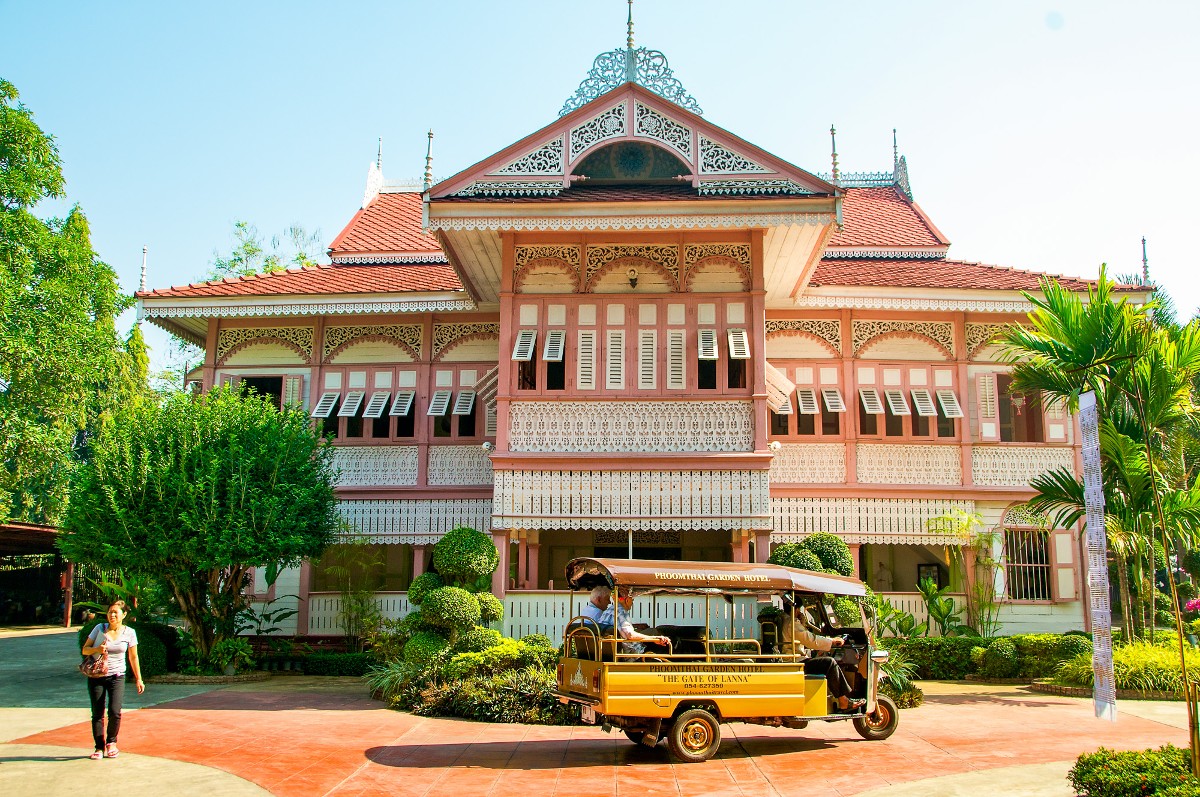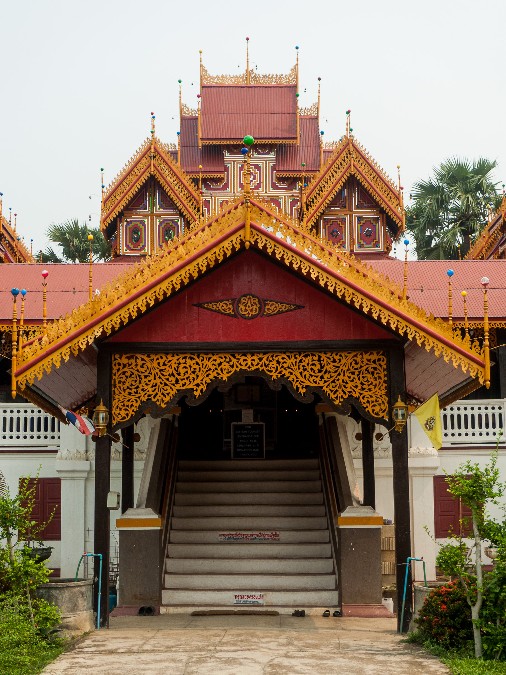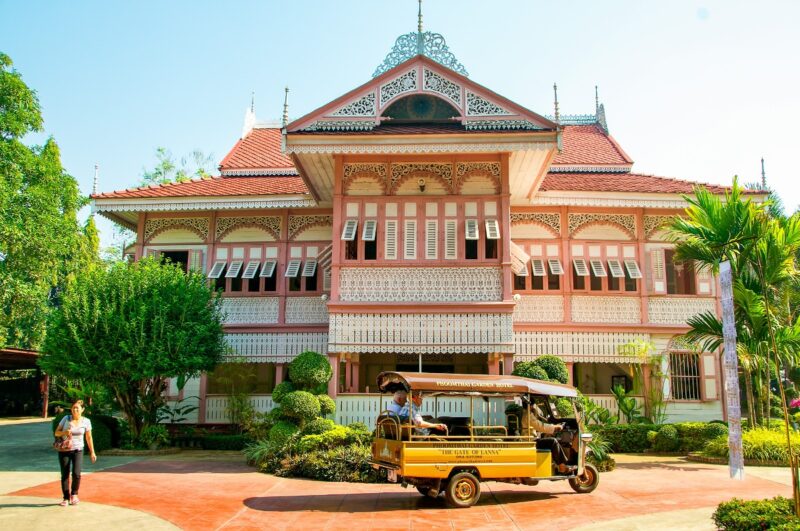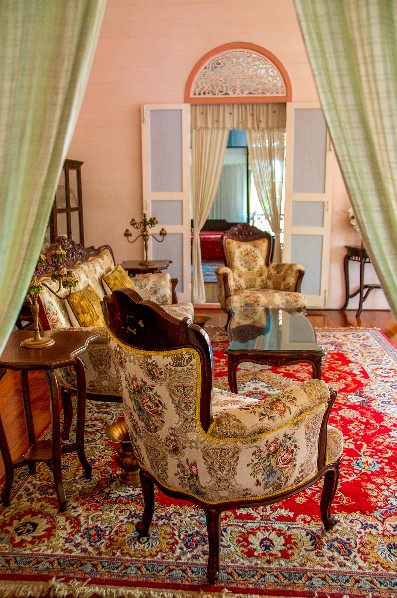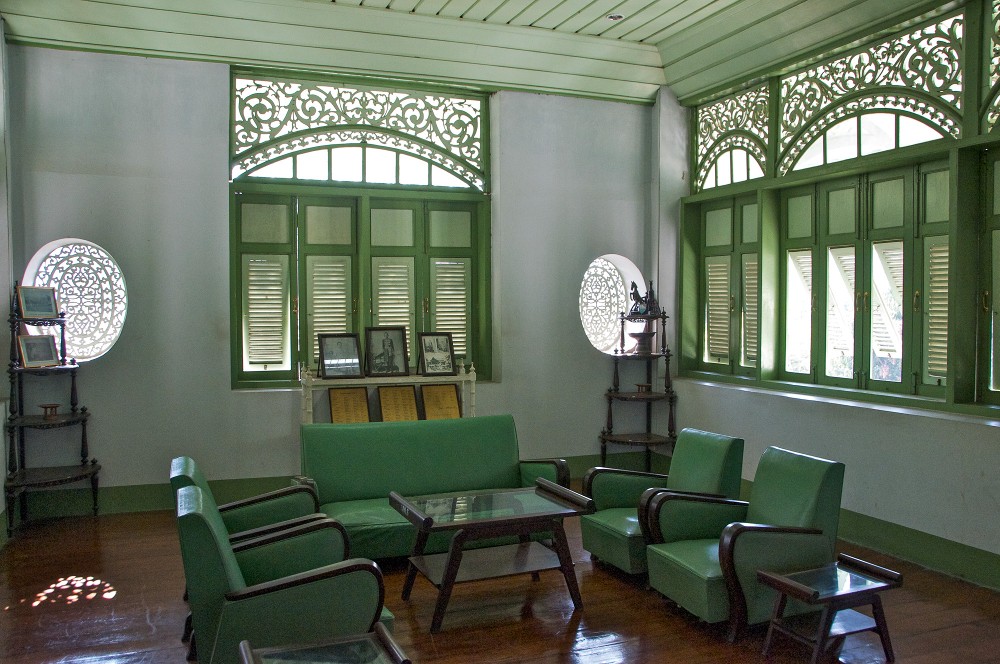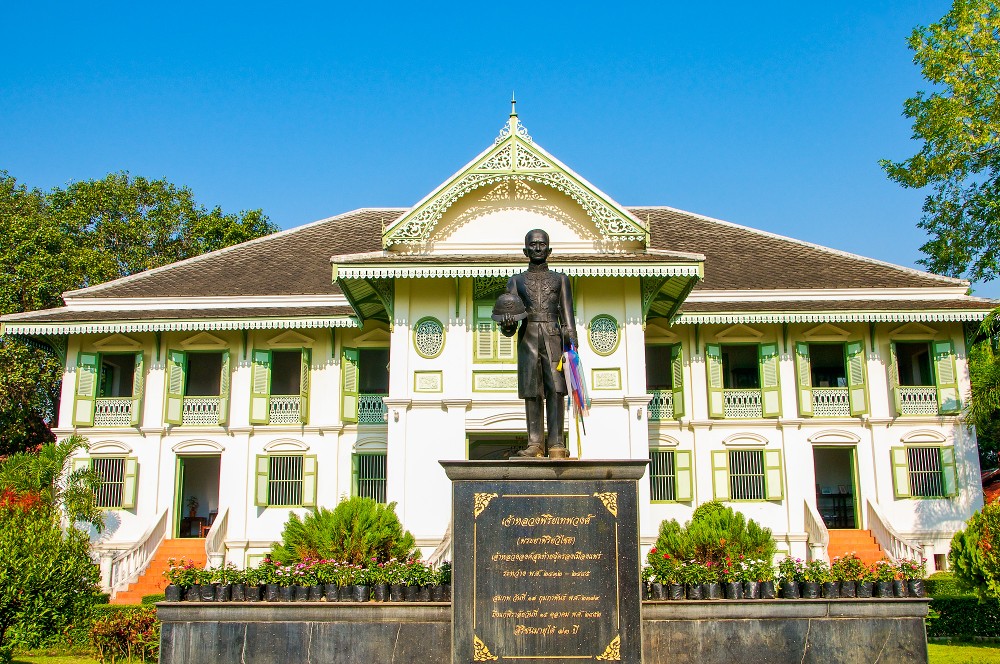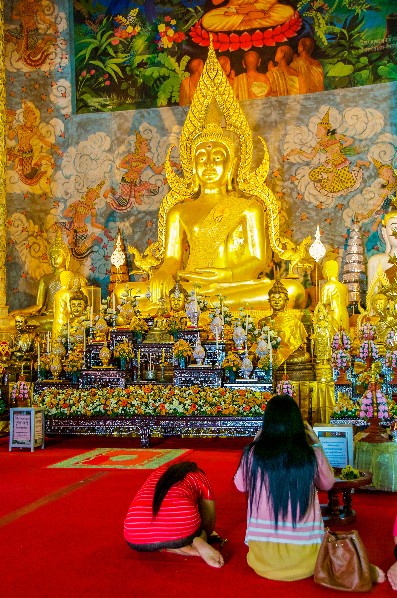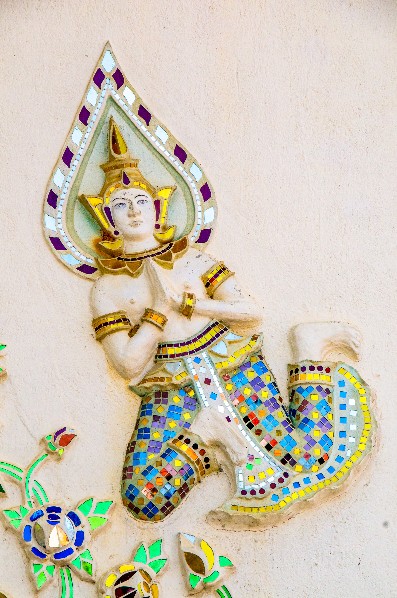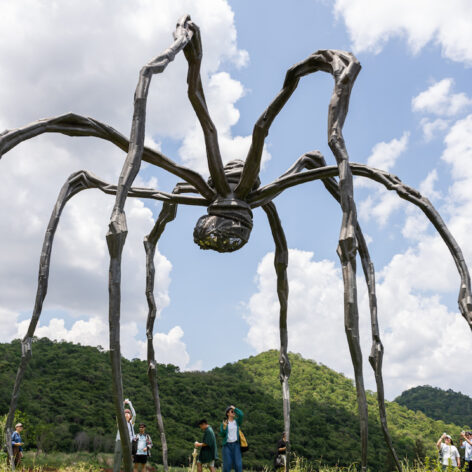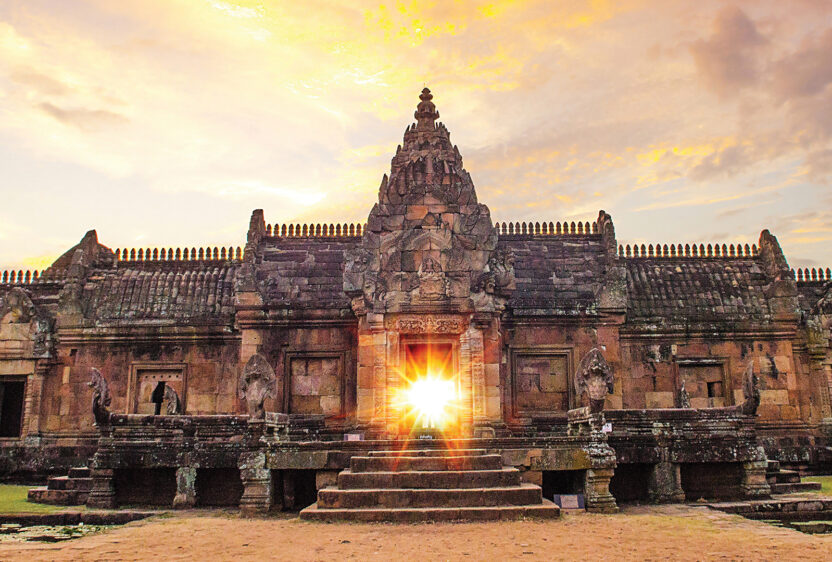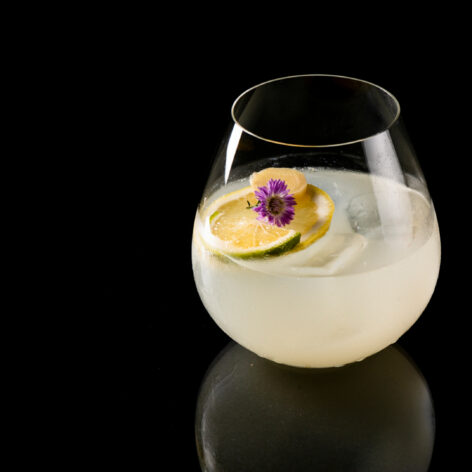I was sitting by the pool at the Ping Nakara Hotel in Chiang Mai, admiring the elaborate adornments on the gleaming white building and chatting with the owner and co-designer of the hotel, Chairat Usavangkul. He explained that such embellishments are typically added on to highlight the architectural style known locally as ‘Lanna Colonial’.
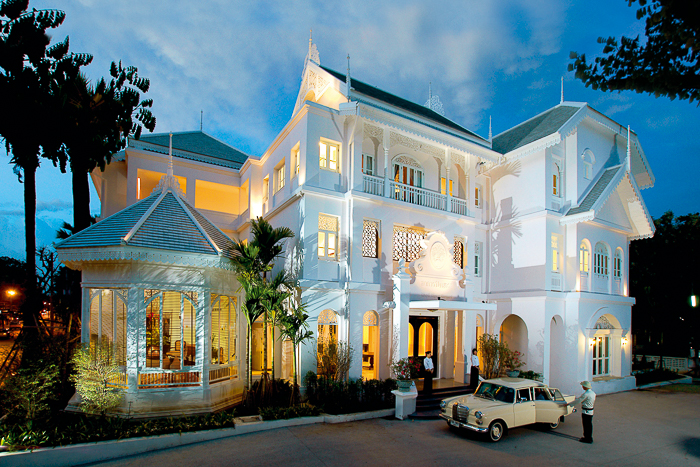

“In the late 19th century there was a boom in the teak trade around here,” said Chairat, “and many of the foreign teak traders built houses that merged Western style and features such as gingerbread trim with Asian characteristics like perforated panels above or below windows for good air circulation.

“I wanted to keep this ‘Lanna Colonial’ alive, so our building here added gingerbread trim to the gables, eaves, balconies and balustrades, as well as above doors and windows. You can see other examples in Chiang Mai, but some of the best gingerbread architecture in Thailand is in Lampang and Phrae.”
Chairat had roused my curiosity about these decorations that seem to add so much character to a building, so I decided to find out more and make a ‘gingerbread tour’ southeast from Chiang Mai to the little-visited towns that he had mentioned. I discovered that gingerbread architecture, which refers to the elaborately detailed ornamentation on a building, became popular in the USA and Europe during the mid-19th century. The style clearly appealed to rich teak merchants, many of whom were based in Lampang and Phrae.

The journey to Lampang took little over an hour, but as I walked along Thanon Talad Kao in the center of town I felt I had jumped back several decades due to the old wooden buildings that lined the street. The most impressive of these was Moung Ngwe Zin, named after a Burmese timber merchant who lived here in the early 20th century.
The attractive, two-story teak building has a colonnade running along the front and elaborately decorated balconies above the entrance. Fan-shaped perforated panels above the doors allow air to circulate. The house has been well maintained and functions today as a café with intriguing artwork on the walls.


